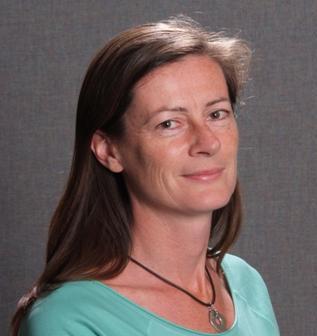Towards the bottom of Park Street large white letters against a pink backdrop read ‘Together, we’ve got this’. Alongside it the words ‘Bristol together’ are framed above an inscription reading: ‘Bristol’s safely reopening. Help us keep it open by washing your hands, wearing a face covering and keeping a safe distance from other shoppers. Thank you and enjoy your visit.’ I first spotted this sign in September last year. However, in the months that have slowly crept by since the onset of the COVID-19 pandemic filled with lockdowns, isolating and social distancing, the word ‘together’ seems to have popped up all over the city. It can be found on street corners and shop fronts all along the Park Street-Queens Road-Whiteladies Road corridor that runs through the University’s campus, connecting the harbour and city centre to the Downs. Along this strip, a sign outside a cafe encourages social distancing with the words ‘We stand together by standing apart’, while a notice on the glossy sliding doors of a supermarket and the red and yellow of a post office poster remind patrons that ‘We’re all in this together’. Yet my personal favourite is the board outside a frozen food shop I spotted one day proclaiming ‘Together never tasted this good’ above a picture of a cheesecake. But what is it about ‘together’ that tastes so good? And, perhaps more importantly, what is togetherness? (If not an Eton mess cheesecake).
Two years ago I set out to explore the question ‘How do people live together in cities?’ through a PhD. Growing up in post-apartheid South Africa the idea of togetherness has always haunted me like an ungraspable treasure chest at the end of our so-called rainbow nation. As many readers will appreciate the dominant narrative about post-apartheid South Africa is one in which the lasting legacy of segregation is well documented such that the ‘post’ of post-apartheid is rendered something of a fantasy and a failure. And yet I had noticed that despite the country’s long history of apartness, urban life in South Africa seemed to be full of small moments of togetherness which defy the common grammar of apartness with which accounts of South African cities are typically written. One such moment arrived in April 2020 when, in response to the COVID-19 pandemic a collective called ‘Cape Town Together’ was born. Through neighbourhood based mutual aid groups residents in Cape Town came together under to self-organise and share resources and information in response to the pandemic. My research has been dedicated to studying practices such as these in answer to the question: ‘How do people live together in cities?’ and the related question of what togetherness is.
Three themes emerged in response to these questions which I argue are not only applicable to Cape Town, but also to cities elsewhere such as Bristol. First, in answer to the question ‘What is togetherness?’, I learnt that it is as much, if not more, a practice as it is a sentiment or a state of being. This is significant because the implication is that, despite what form it takes (whether it be empathy, solidarity, or sharing,) togetherness takes practice; through repeated action we learn to be together by practicing togetherness and in doing so forming new habits and repertoires for living together. Secondly, I learnt that togetherness has a spatial component. Public space in the city provides an ever present training ground on which people can practice togetherness; rehearse social interactions, test, and develop new repertoires of being together. But the practices of togetherness which emerge also shape and are shaped by by the spaces in which they occur. This means that the quality of public space in the city matters because it has an impact on shaping social relations. Finally, togetherness is mediated by institutions just like the University of Bristol which provide places and repeated opportunities for practice along with guidelines, and pre-existing repertoires for social interactions.
Earlier this year the Cabot Institute for the Environment put out a call for short video submissions about activities and ideas for how the University could create positive impact by addressing a sustainability challenge in Bristol. This blog piece stems from the idea I pitched to create spaces where people can practice togetherness as a step towards realising greater social sustainability in our city. To return to the cheesecake, perhaps togetherness has never tasted this good because we’ve never craved it this much. In the wake of COVID-19, which has introduced a host of new ways to be apart and to be together, the University and city are thus presented with an opportunity to build truly inclusive spaces which not only bring or ‘throw’ (to use Geographer Doreen Massey’s term) people together but encourage engagement and practice in learning how to be together.
——————————
This blog is written by Cara Mazetti Claassen, PhD Candidate at the Cabot Institute for the Environment.

























